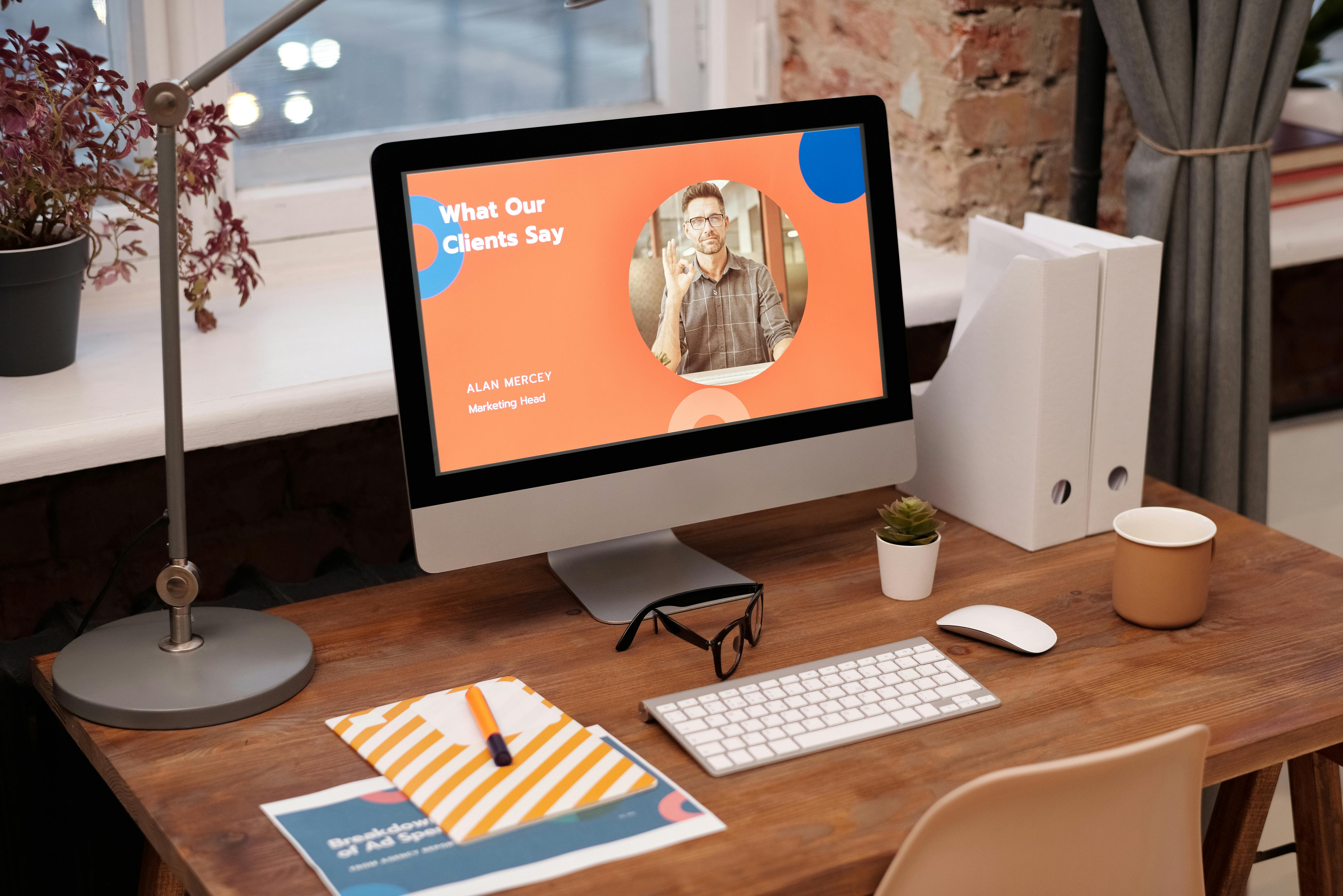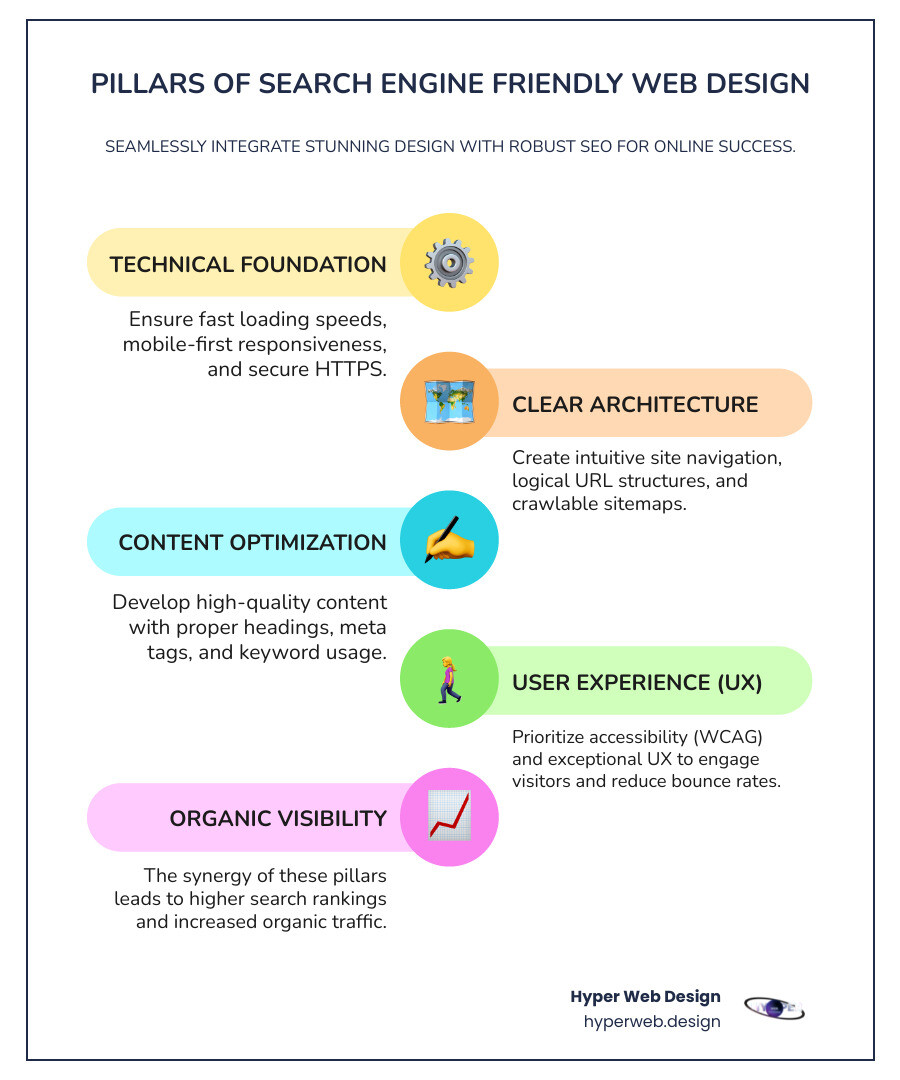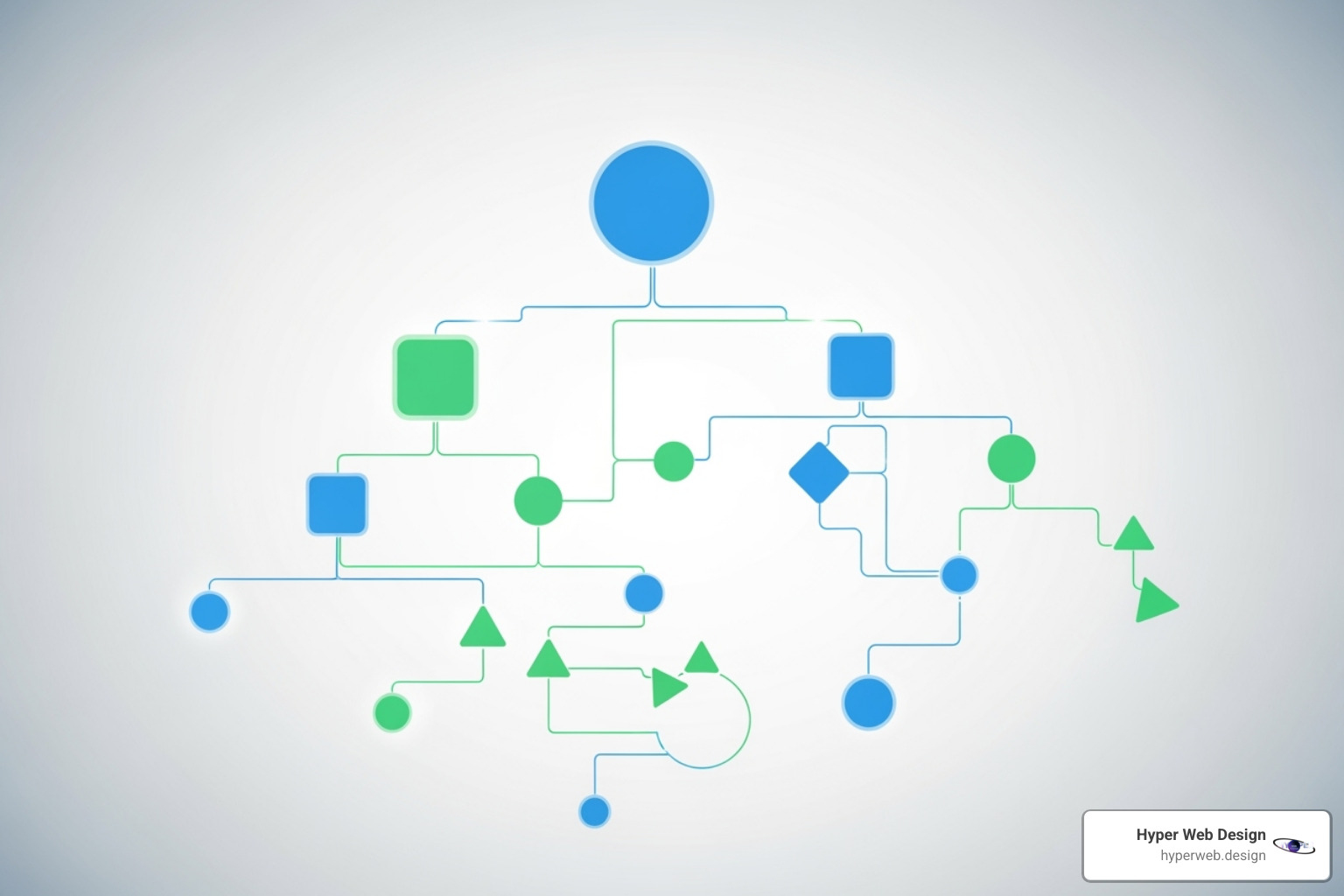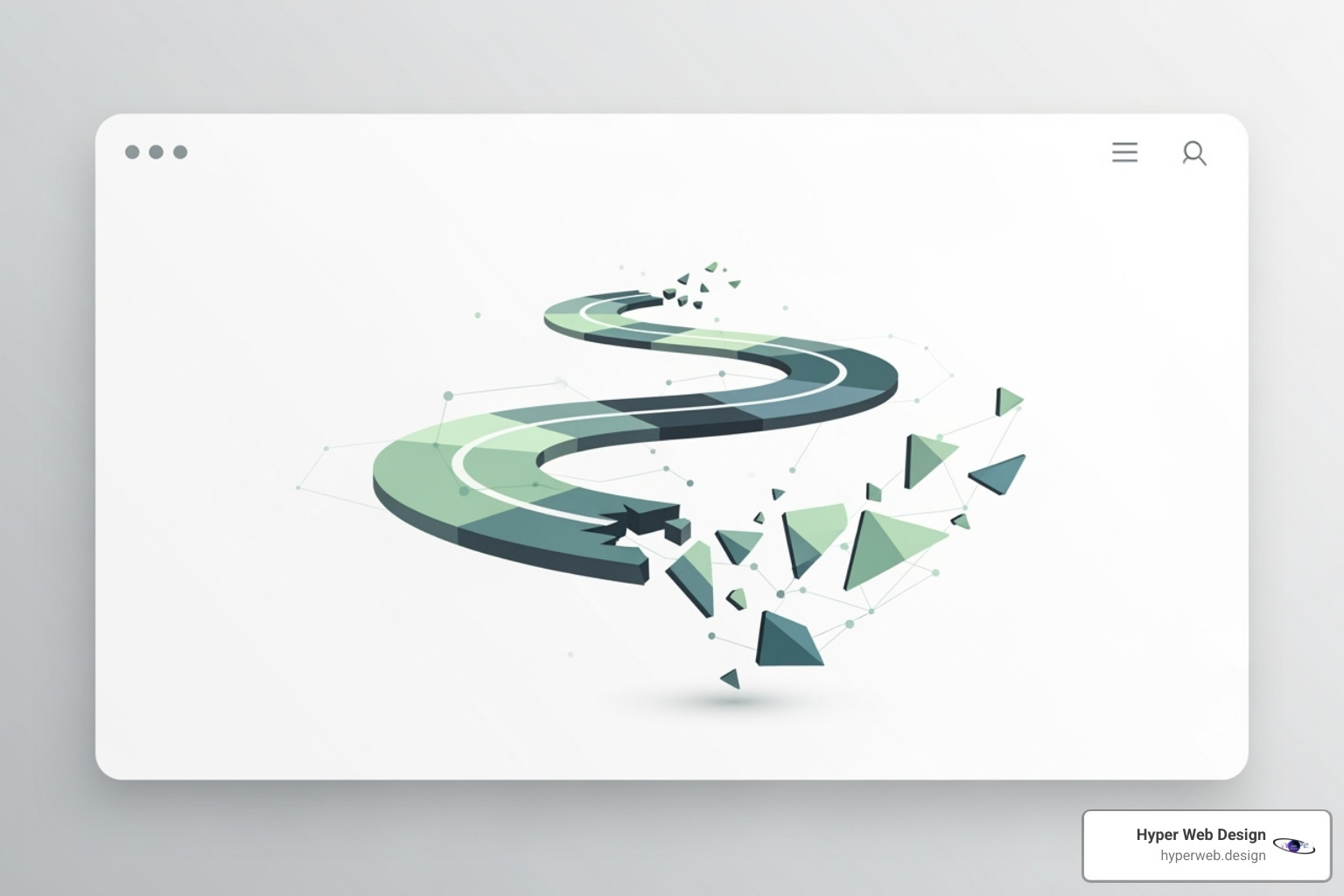Search Engine Friendly Web Design: 11 Essential Tips
Why Search Engine Friendly Web Design Is the Foundation of Online Success
Search engine friendly web design is the practice of creating websites that are easily crawlable and understandable by search engines while providing an exceptional user experience. Key elements include:
- Fast loading speeds (under 2 seconds)
- Mobile-responsive design for any screen size
- Clear site architecture and logical navigation
- Optimized content with proper tags and keywords
- Secure HTTPS encryption
- Accessible design following WCAG standards
- High-quality content that satisfies user intent
Your website is the digital face of your luxury brand. It must appear prominently in search results and, upon arrival, reflect the exclusivity your brand promises. Yet many high-end websites struggle with slow load times, poor mobile experiences, and invisible SEO issues.
The solution isn’t choosing between beautiful design and search visibility. Search engine friendly web design seamlessly integrates both, ensuring your website looks stunning while ranking well in Google. This approach increases organic traffic, builds brand credibility, and drives conversions without compromising your visual standards.
I’m Shawn Shameli, and for over a decade I’ve specialized in creating search engine friendly web design solutions that combine visual sophistication with technical precision. Throughout this guide, I’ll share proven strategies to help your website rank higher while delivering the premium experience your brand demands.
Glossary for search engine friendly web design:
The Core Pillars of Search Engine Friendly Web Design
A successful website captivates visitors and communicates clearly with search engines. At Hyper Web Design, search engine friendly web design is integrated from day one, ensuring every visual and technical detail works together. Like building a luxury home, a great website needs a solid foundation. Let’s walk through the essential pillars.
1. Build a Technical Foundation with Speed, Security, and Mobile-First Design
Your website’s technical performance is the bedrock of its success. Without a solid foundation, even the most stunning design will struggle to rank.
Mobile Optimization: The Cornerstone of Success
With nearly 59% of all website traffic coming from mobile devices, optimization is non-negotiable. Google uses mobile-first indexing, meaning your mobile site’s performance is key to your ranking. Our Mobile Friendly Site Design and Responsive Website Design ensure a seamless experience on any screen.
Website Speed: The Need for Speed
Users expect sites to load in under two seconds; any longer, and they leave, which hurts your rankings. We optimize for speed by compressing images, streamlining CSS and JavaScript, and using browser caching and CDNs. We monitor Google’s Core Web Vitals to ensure top performance, aiming for PageSpeed Insights scores of 90-100.
HTTPS Security: Building Trust, Boosting SEO
HTTPS encryption is essential for user trust and SEO. It protects user data and signals to search engines that your site is reliable. We secure all our websites with SSL certificates and transition them to HTTPS as a standard practice.
2. Master On-Page Elements for Search Engine Friendly Web Design
Once your technical foundation is solid, your content must speak clearly to both your audience and search engines. This is where on-page SEO turns designed pages into ranking assets.
Quality Content Creation: The Heart of SEO
Search engines reward relevant, helpful, and trustworthy content. We focus on creating high-quality content that meets user intent, guided by Google’s E-E-A-T guidelines (Experience, Expertise, Authoritativeness, and Trustworthiness) to establish your brand as a leader.
Readability and Structure: For Humans and Bots Alike
Great content must be readable. We use clear typography, sufficient color contrast, and organized layouts with whitespace and short paragraphs. Tools like the Flesch-Kincaid readability test help us gauge whether text complexity matches your audience.
Header Tags: Guiding the Eye and the Crawler
Header tags (H1, H2, H3) create a logical hierarchy for users and search engines. The H1 is the main page title with the primary keyword, while H2s and H3s break down content into scannable sections.
Meta Titles and Descriptions: Your Digital Shop Window
These snippets are your first impression in search results. A unique meta title (35-55 characters) with your target keyword and a compelling meta description (up to 160 characters) encourage clicks.
Image Alt Text: Making Visuals Visible to Search Engines
Search engines read alt text to understand images. We add descriptive alt attributes to every image, which helps with image search traffic and improves accessibility for users with screen readers.
Our SEO Optimized Web Design services integrate these best practices from the ground up.
3. Architect Your Site for Users and Crawlers
A website with poor information architecture is like a library with books scattered on the floor. We create a clear blueprint for users and search engines.
Information Architecture and Logical Hierarchy
Your site’s architecture defines how content is organized. A logical hierarchy helps users find content easily (ideally within three clicks of the homepage) and helps search engines understand the relationships between pages.
Clean URL Structure
Descriptive, user-friendly URLs like hyperweb.design/services/web-design/ provide instant context for users and search engines, who prefer shorter, meaningful URLs.
Internal Linking Strategy
Internal links guide users to related content and distribute “link equity” throughout your site. We use descriptive, keyword-rich anchor text to provide context for both users and crawlers.
Breadcrumbs: Navigational Aids
Breadcrumbs (e.g., “Home > Services > Web Design”) show users their location within your site’s hierarchy, improving user experience and providing contextual clues for search engines.
XML Sitemap: Your Website’s Blueprint
An XML sitemap is a roadmap for search engines, listing all important pages you want them to crawl. We create, update, and submit sitemaps to Google Search Console to ensure efficient content findy, a key part of creating SEO Optimized Websites.
Our Custom Web Design solutions are crafted with these architectural principles from the start.
4. Prioritize User Experience (UX) and Accessibility
In search engine friendly web design, user experience is a critical ranking factor. Search engines use user behavior signals to determine website quality, so a positive UX directly translates to higher rankings.
The Direct Link Between UX and SEO
Search engines reward sites that pair quality content with a user-friendly experience. Key UX signals that influence SEO include bounce rate, dwell time, click-through rate (CTR), page speed, and mobile-friendliness. Our Conversion Rate Optimization Services Company focuses on enhancing these elements to boost both SEO and conversions.
Web Accessibility: Designing for Everyone
Web accessibility ensures everyone, including the 1 billion people worldwide with some form of disability, can use your site. It widens your audience, improves UX for all, and ensures compliance with regulations like the Americans With Disabilities Act (ADA). We adhere to WCAG 2.0 guidelines by using descriptive alt text, ensuring keyboard navigation, using proper color contrast, and structuring content with clear headings.
5. Avoid Common Pitfalls in Search Engine Friendly Web Design
Certain design choices can accidentally harm your SEO. As experts in search engine friendly web design, we steer clients away from these common mistakes.
Duplicate Content: A Search Engine’s Dilemma
Identical content on multiple URLs confuses search engines. We use canonical tags and 301 redirects to specify the “master” version of a page and prevent dilution of your SEO efforts.
Keyword Stuffing: An Outdated and Harmful Practice
Excessively repeating keywords is an outdated, harmful practice. We focus on natural language and user intent, integrating keywords organically for content that is helpful to humans.
Broken Links: Dead Ends and Frustration
Broken links (404 errors) frustrate users and signal a poorly maintained site. We conduct audits using tools like a Broken Link Checker to fix broken links and design helpful 404 pages to guide lost users.
Thin Content: Lack of Value
Pages with minimal or low-value content fail to meet user expectations. We ensure every page provides substantial, valuable information that aligns with E-E-A-T principles.
Intrusive Pop-ups and Overly Distracting Ads
Aggressive pop-ups, especially on mobile, harm user experience and can lead to search engine penalties. We integrate calls-to-action thoughtfully, ensuring they are non-intrusive and easily dismissible.
Our Professional SEO Services include comprehensive site audits to catch and correct these issues.
Conclusion: Weaving SEO into Your Digital Fabric
Search engine friendly web design is an ongoing commitment, not a one-time task. The synergy between captivating design and robust SEO is what separates websites that merely exist from those that thrive. We’ve covered the core pillars: a solid technical foundation, optimized on-page content, logical site architecture, and a focus on user experience and accessibility.
At Hyper Web Design, we believe luxury brands shouldn’t have to choose between beauty and performance. We weave SEO into every stage of our digital branding and design process, treating it as a fundamental ingredient for creating websites that rank, attract, and convert.
As the digital landscape evolves, a search engine friendly foundation ensures your brand remains visible and connected to your audience. Your luxury brand deserves a digital presence that matches its prestige—a website that looks stunning, loads instantly, and appears exactly where your ideal customers are searching. That’s what we create at Hyper Web Design.
Ready to transform your brand’s online presence with a website that truly performs?
Contact us for professional Web Design Services and let’s build your digital future together.
Explore our full range of services:








